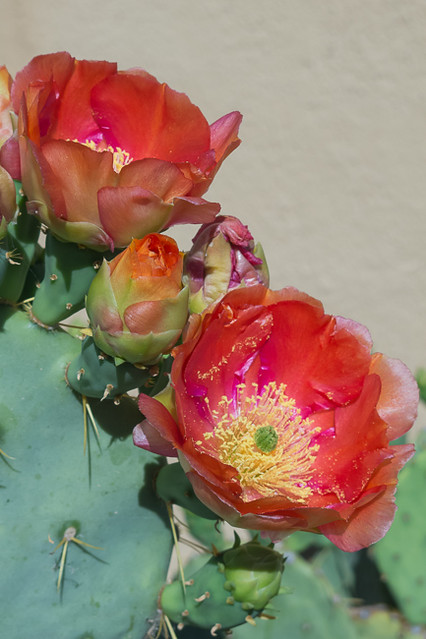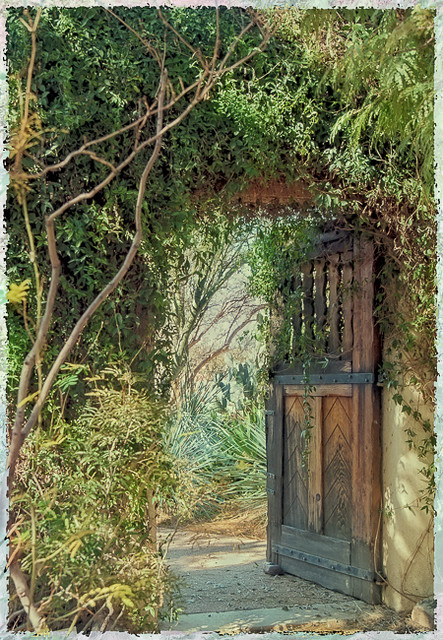“The poetry of the earth is never dead….” ~ John Keats
What a joyful experience to walk through the Sonoran Desert when the saguaro are in bloom! After craning my neck to see the very top of each saguaro, I felt as tipsy as the bees that were swarming the flowers while doing the pollination dance.
I spent much of today packing, and tomorrow I begin my travels to the Midwest. I hear that spring is just about ready to burst in Wisconsin and I am ready to be home.
But still, I will miss my other home in the desert.
—————-
Bo Mackison is a photographer and owner of Seeded Earth Studio LLC.











